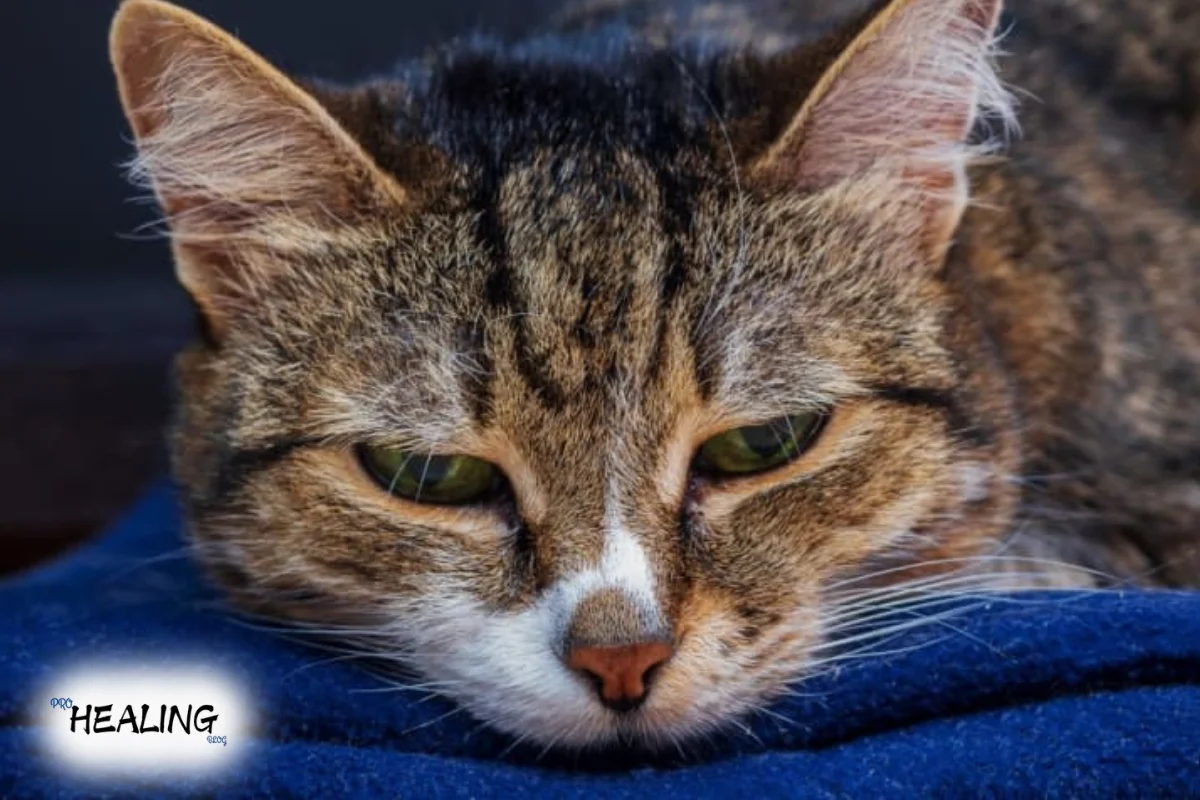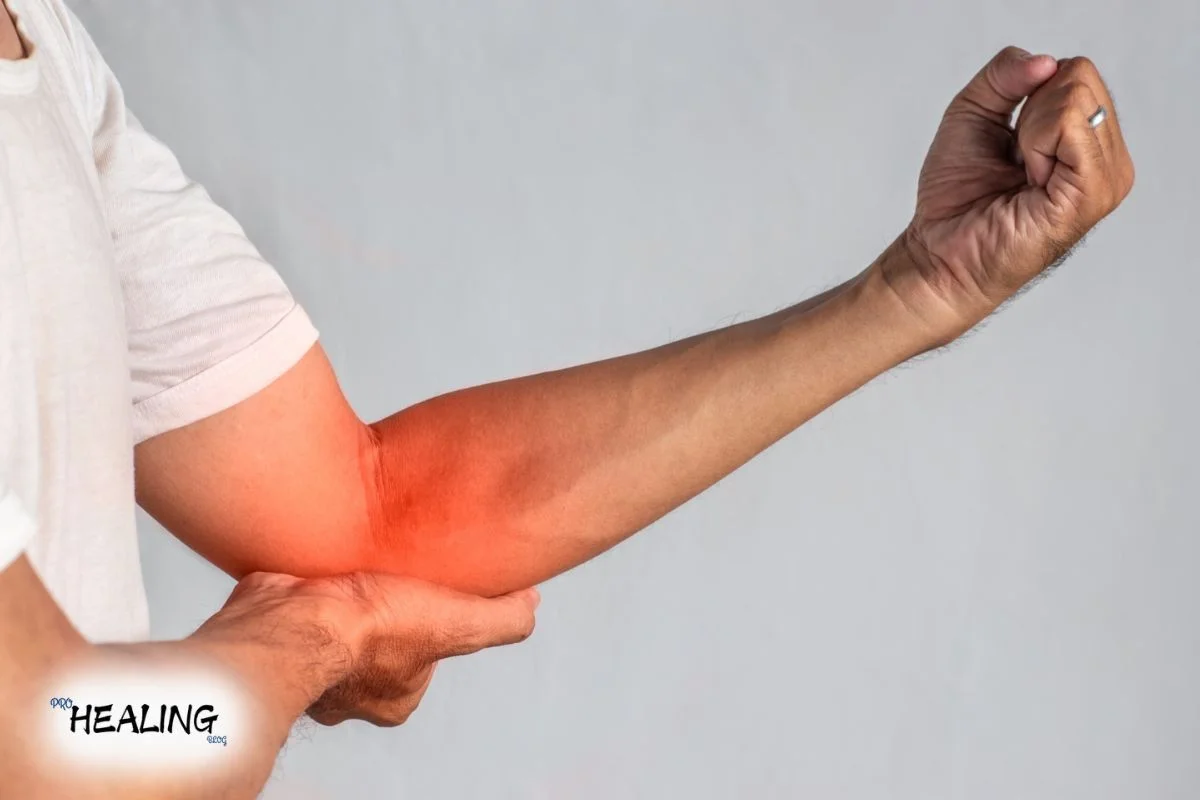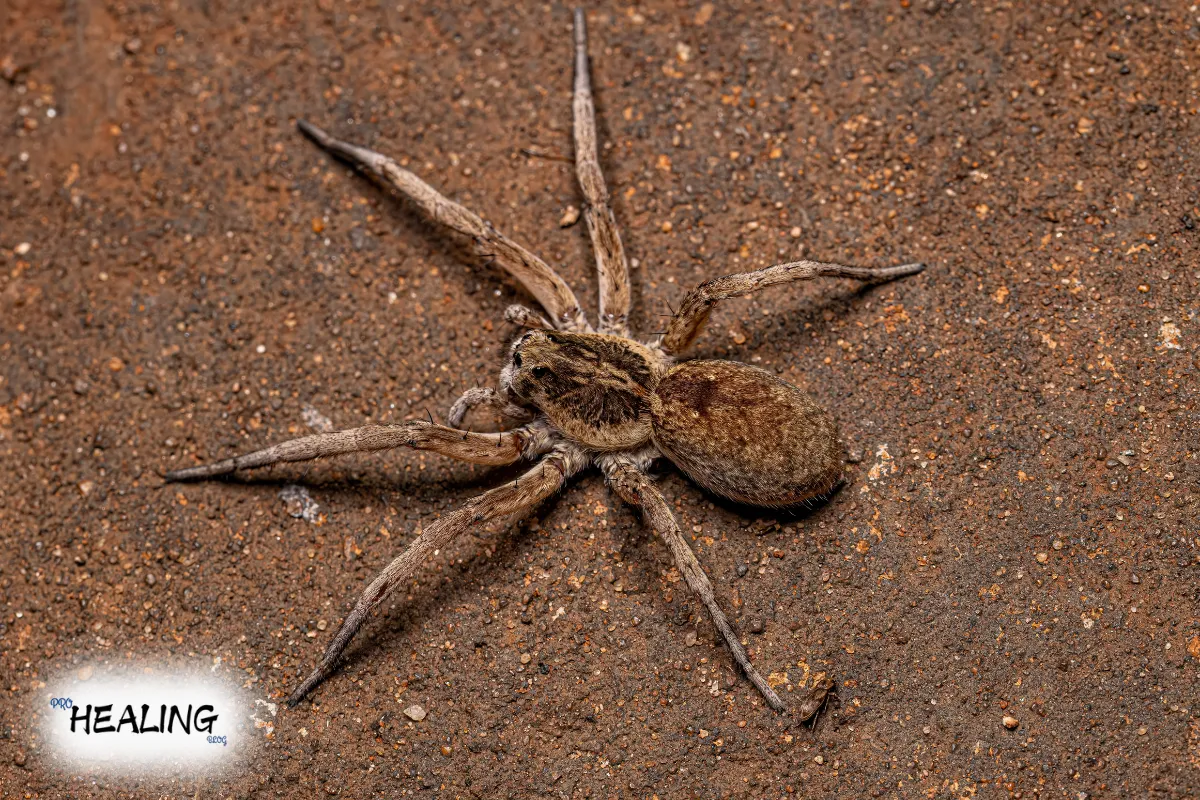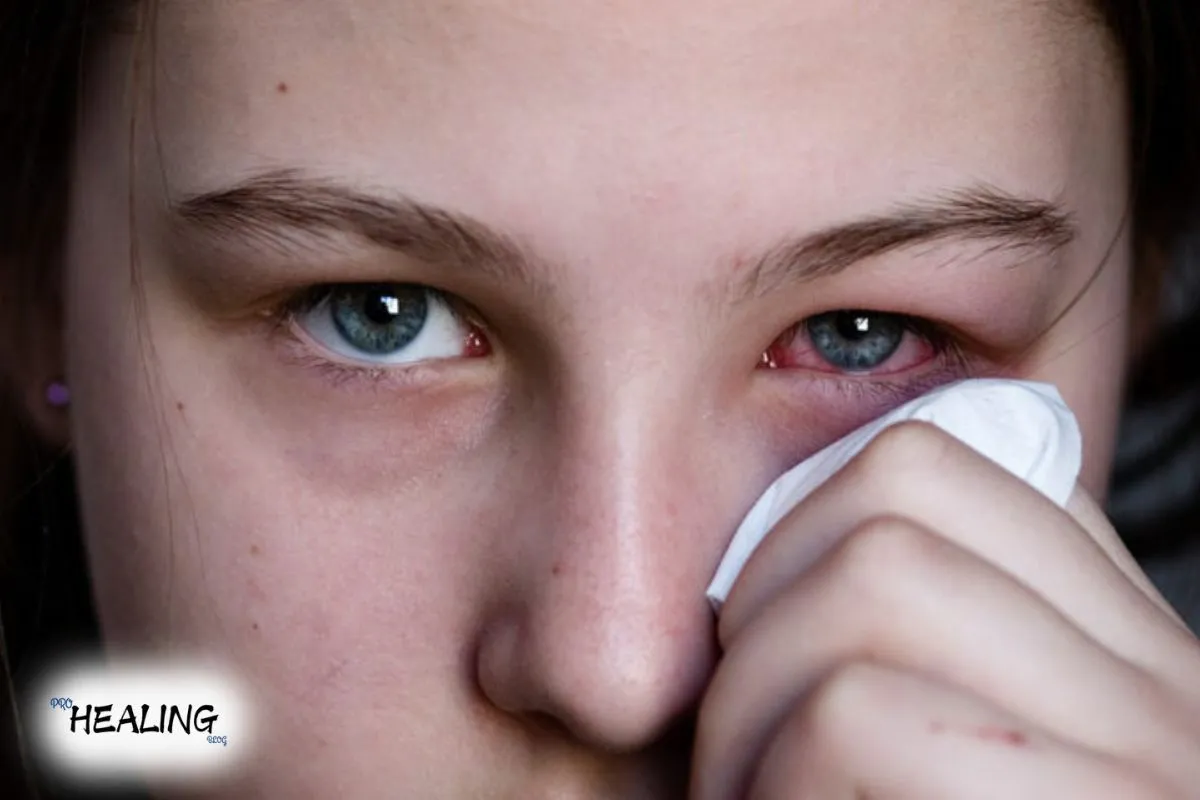Can Cats Get Parvo?
Technology’s Role in Tackling Feline Parvo
Pet care isn’t like it used to be—technology is making a real difference in how quickly we can help sick cats. Think smart collars that track temperature, activity, and eating. If something changes, your phone pings with an alert. That means you can act before symptoms spiral out of control.
Tele-vet consultations are another huge help. You spot worrying signs and show them on video to a vet. They can guide you whether it’s time to go in for tests or treatment. Sometimes that early catch can save a life.
Even our vet labs are stepping up with AI-powered diagnostics. Algorithms now spot parvo’s signature patterns in blood count drops or even behavior shifts from video. These tools help start treatment sooner than ever.
So, while “can cats get parvo?” remains a medical question, technology is fast becoming a trusted sidekick—catching problems early, reducing guesswork, and improving chances of a full recovery.
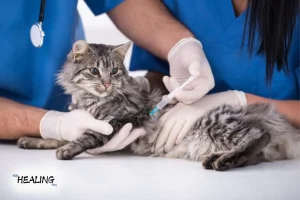
Symptoms That Raise the Alarm: Can Cats Get Parvo?
Spotting feline parvo early can make all the difference. FPV symptoms can escalate in just 2–7 days from infection . The first signs are often vague—your cat seems off, possibly quieter or hiding more than usual.
Then vomiting and diarrhea typically follow, possibly with blood. Your cat will refuse to eat or drink and will be sleeping more or creeping along. These intestinal problems by themselves are enough to result in severe dehydration, which is not good.
Your vet will look for fever, dehydration, pale gums (indications of anemia), and decreased white blood cells. Tests by blood or stool sample confirm the diagnosis. Keep in mind that early supportive care—fluid therapy, medication to prevent vomiting, antibiotics to avoid secondary infection—can be lifesaving .
If you see vomiting, bloody diarrhea, refusal to eat or drink, or sudden weakness, don‘t delay—call your vet. Early action is crucial.
Prevention Is the Best Medicine: Can Cats Get Parvo Safely Avoided?
Since FPV is so contagious and stubborn in the environment, prevention is your best strategy. Here’s what helps:
-
Vaccination: It’s vital. Kittens get a series from 6–16 weeks, then boosters as adults
-
Limit exposure: If you frequent shelters, parks, or friends with unvaccinated cats, be cautious. FPV spreads easily via any contaminated surface
-
Sanitation: Use bleach solutions to clean toys, bowls, litter boxes—anything your cat touches . The virus can survive for a year on dirty surfaces.
-
Isolation: New or stray cats should be quarantined for at least 2 weeks before meeting others.
Indoors or outdoors, vaccinated or not, any cat can be at risk. The right shot schedule and good hygiene are simple but powerful defenses.
Cross-Species Risk: Can Cats Get Parvo from Dogs?
This is a common worry for multi-pet homes. Dogs get Canine Parvovirus (CPV), and cats get FPV. They’re cousins, but not identical. Dogs typically don’t infect cats—but there are rare cases where CPV strains affect feline cells.
Still, shared spaces can spread both viruses. A dog with parvo sheds virus in feces. If your cat steps there, uses the same bowls, or is licked on paws, transmission can happen indirectly—even if it’s the cat version of the virus.
The solution? Clean everything, limit sharing, and vaccinate both pets. Proper hygiene minimizes risk of either virus hopping between households.
Citations Summary
-
FPV is contagious, targets intestines and bone marrow, hits kittens hardest.
-
Symptoms include vomiting, diarrhea, fever, refusal to eat, lethargy .
-
The virus survives over a year in the environment.
-
Vaccination schedule and importance .
-
Cross-species slight risk and hygiene tips .


